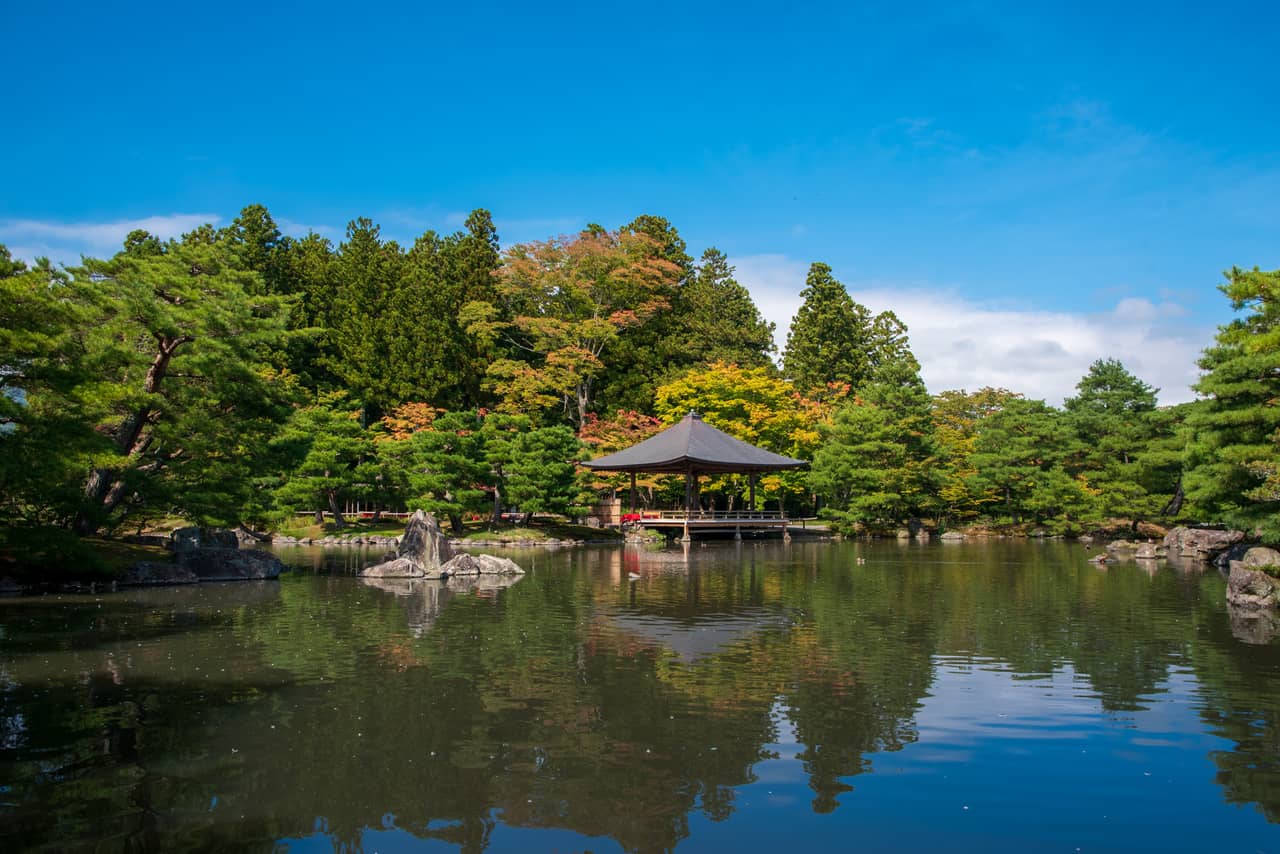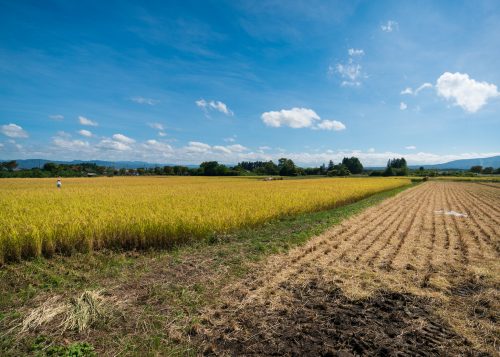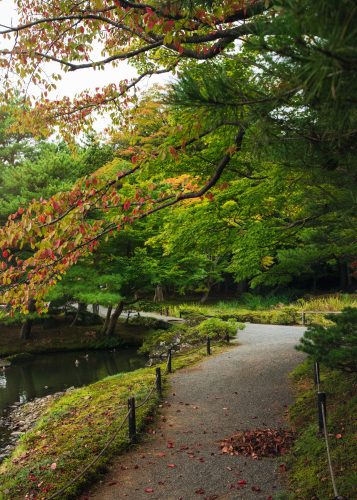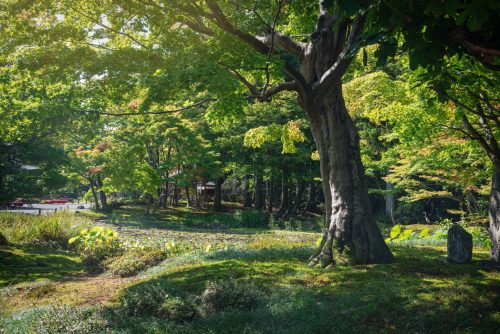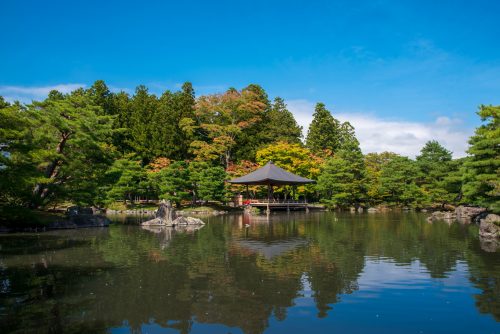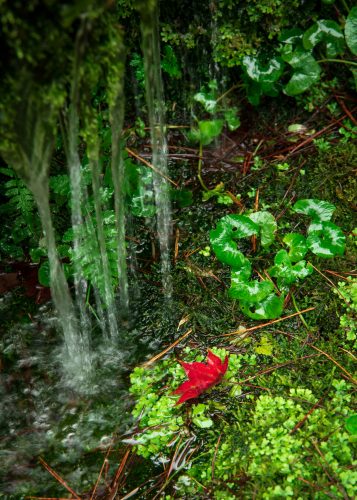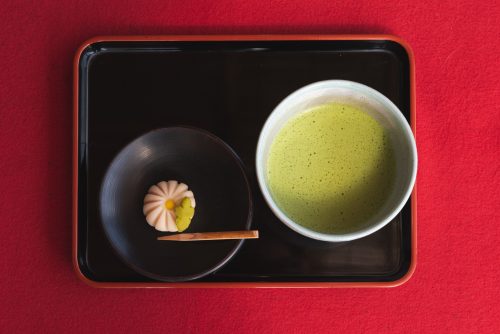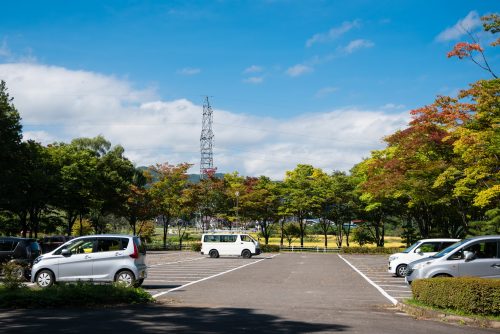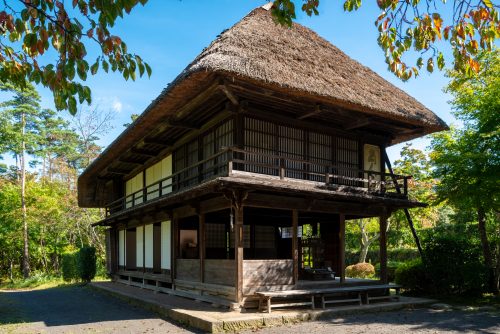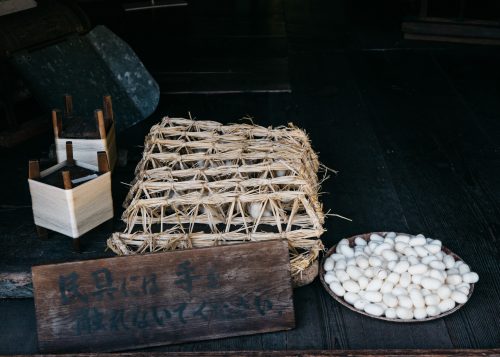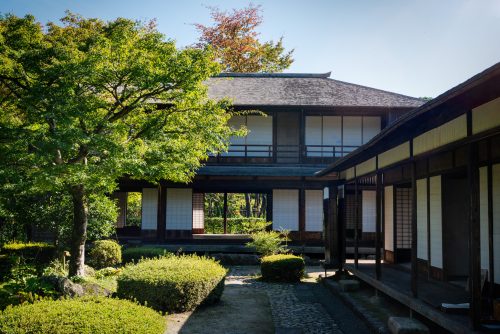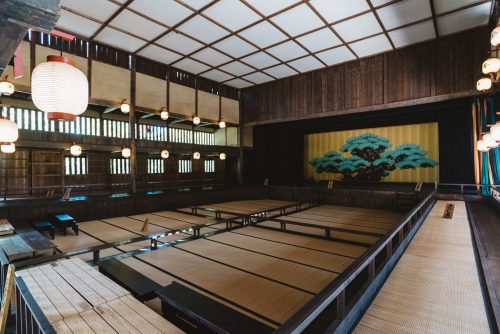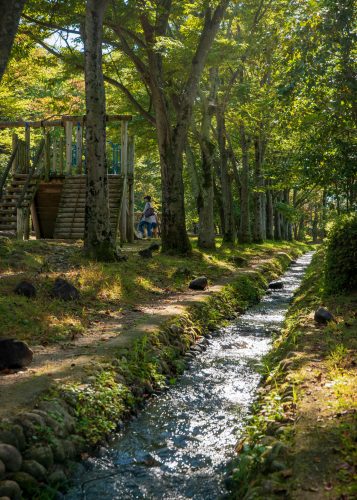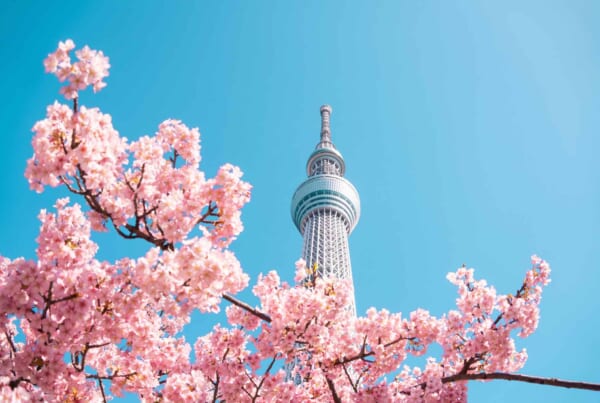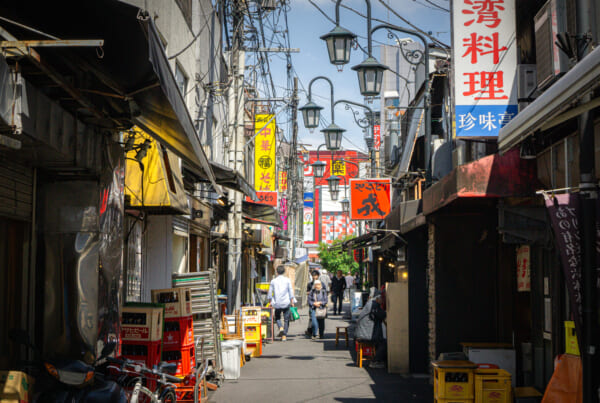Sponsored by Fukushima City Tourism and Convention Association.
Fukushima Prefecture boasts a diverse geography which includes soaring mountain ranges, plains filled with fruit trees and rice paddies, and a rugged Pacific coast. With so much beauty to preserve for future generations, it is no surprise that 13% of Fukushima’s land is designated as natural parks. Originally, I had planned a trip to drive the Bandai-Azuma Skyline Highway, which winds its way through the high mountains west of Fukushima City and is famous for gorgeous fall colors. Just weeks before my trip, however, a volcano alert upgrade closed the highway, leaving me searching for other ways to enjoy the beauty of the Fukushima autumn season. Thanks to the huge number of parks available in the prefecture, that search did not take long.
Jorakuen: A Kyoto-Quality Garden in Fukushima
My first destination was Jorakuen, a Japanese garden west of Fukushima City in the heart of the agricultural area. Early October is harvest time for Fukushima farmers and driving down the highways I saw huge golden fields of rice ready to be harvested and countless fruit stands selling huge apples and Japanese pears at bargain prices (by Japanese standards). In fact, a farmer was harvesting the rice fields opposite the entrance to Jorakuen as I arrived.
There is a large parking lot next to Jorakuen which is free to use. The entrance fee to the garden is 500 yen for an adult, 250 yen for children and people with disabilities. I received my ticket from the friendly staff and went inside.
The first thing I noticed was how immaculate the garden is kept. Though there seemed to be few staff working the grounds, the gravel paths had all been swept completely smooth, without even the trace of a footprint in them. Piles of leaves were swept up to the sides of the paths, some already bagged up for disposal. If you’ve been to Kyoto, you know how the gardens are tended to, achieving a level of cleanliness that would rival a five star restaurant kitchen, and Jorakuen was right up there with them.
Jorakuen was designed as a four season garden, meaning that different plants and trees used in the garden were meant to become the centerpieces of the garden during different times of the year. For example, there is a large hanging trellis outside of the restroom area that is covered with wisteria, a gorgeous purple flower that hangs down when it blossoms. Of course, those blossoms happen in June or July, so the wisteria has been pruned for the coming cold season and the trellis is mostly bare. This is one of the wonders of Japanese gardens; you can return to the garden in any of the four seasons and see something completely different from the last time you came. In fact one of my Voyapon colleagues visited Jorakuen in the summer and had a completely different experience than I did.
Of course at this time of the year, I came to see kouyo, or the changing of the leaves to autumn colors. One of the things I enjoy about kouyo season is the fact that it lasts for a long period of time. Different types of trees change colors at different times, and even a spot of red and orange in a forest of green can be very beautiful. So although at this altitude it was only the very beginning of the season, Jorakuen did not disappoint, especially when the clouds finally gave way to deep blue skies.
I took a leisurely stroll around the central pond, listening to the sounds of running water dripping from the rock formations and the soft crunch of gravel beneath my feet. The skies above the pond were filled with darting red-tailed tombo (dragonflies) looking for their next meal.
As I came around the pond, I was greeted by the staff working at the tea house. She invited me to sit and enjoy the view, so I ordered a matcha tea and wagashi (Japanese sweet served with tea) set to enjoy as I rested in the shade.
It was now time to say goodbye to Jorakuen and head to my next destination, Minka-en, only a few kilometers away in Azuma Sports Park. Minka-en is nearest to the northeast end of this large park, so park your vehicle in the large (and free) lot near the Cycling Sports Plaza. The entrance to Minka-en is just a few hundred meters away and there is no fee to enter.
Minka-en: Preserving the History of Fukushima
One of the great challenges facing Japan is how to maintain their sense of history without inhibiting progress. Minka-en represents one of the ways Japan is addressing this challenge: bringing important historical buildings together in one area to make them easier to access and maintain. Rather than having to travel the countryside of Fukushima, these 10 important buildings are now in one park where the public can easily see what life in Fukushima was like one or two centuries ago.
Because Fukushima was and still is an agricultural center of Japan, many of the buildings are representative of these roots. Various family farmhouses are among the preserved buildings and contain the tools and furnishings of the family who once owned them. One of the more fascinating homes was the former home of the Ono family, who worked in the silk trade. The entire house was used for raising silkworms, which means the family casually lived their life surrounded by these little creatures. Here we see silk thread, a silkworm cage, and the cocoons before they are boiled to become thread.
Kakujiken was a restaurant and inn constructed in the late Edo period, famous for several historical events that took place here. The L shaped construction contains a courtyard garden for relaxation. The Sukiya-zukuri style architecture is more elegant than a typical home of that era, but also less resistant to natural disasters. I love the way the sliding doors open wide on both sides, so even if you are inside of a room, you can feel a part of the natural surroundings of the building.
Perhaps the most impressive building in the collection is the Hirose-za Theater, a huge wooden structure that was used for plays in the late 19th century. The center stage was constructed to revolve for quick scene changes. The theater is kept in such good condition, it feels like they could be putting on a live show at any moment. Few theaters remain from this era of history in Japan, so Hirose-za is an important artifact of that period.
After spending a couple of hours experiencing how the people of Fukushima lived 150 years ago, I left Minka-en to take a quick stroll around Azuma Sports Park. If you still have time and energy left after exploring Jorakuen and Minka-en, I recommend a stroll through this lovely park. After you walk among the tall trees and bubbling brooks, there are many places to sit and relax to have a picnic or a short nap to refresh your energy, which I needed after a long drive up from Tokyo early in the morning!
Getting to Jorakuen and Minka-en
While I drove about 3.5 hours from my home in the Tokyo area to reach these parks, it is probably more efficient and comfortable for a visitor to Japan to take the Yamagata or Tohoku Shinkansen from Tokyo Station to Fukushima Station, which takes about 1.5 hours, and then rent a car in Fukushima City. Fukushima City is a gateway to a number of destinations in the Tohoku area, many of which can be accessed by car in an hour or two.
You can find all the useful information in English on this site.


